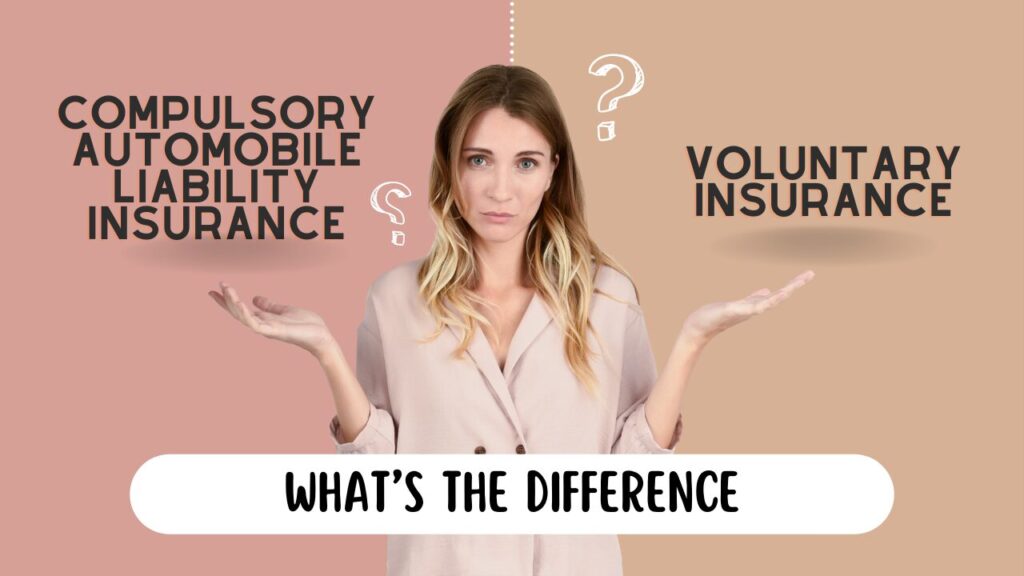
There are two main types of car insurance: the mandatory “Compulsory Automobile Liability Insurance” (CALI) and the optional “Voluntary Insurance.” Many people may have joined voluntary insurance without really considering why it is necessary. This article explains the differences between CALI and voluntary insurance and why voluntary insurance is necessary.
Compulsory Automobile Liability
Coverage for Injuries and Death of the Other Party Only
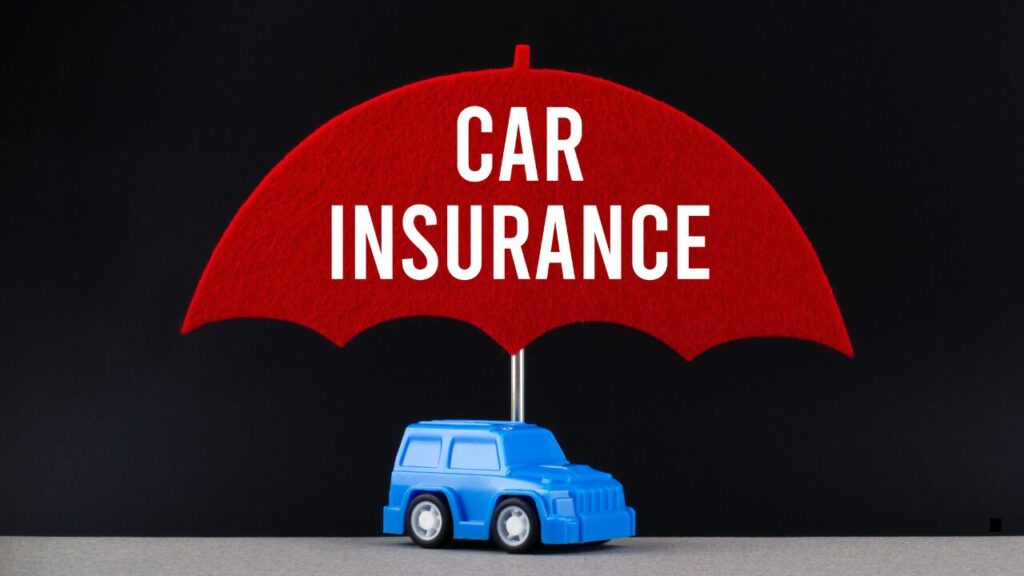
Compulsory Automobile Liability Insurance Coverage
Compulsory Automobile Liability Insurance (CALI) is insurance that all automobiles and motorized bicycles are required to have. Driving without CALI can result in penalties such as “up to one year of imprisonment or a fine of up to 500,000 yen,” “license suspension,” and a “fine of up to 300,000 yen” if the CALI certificate is not attached to the vehicle.
CALI is intended to provide relief to victims of traffic accidents. Therefore, it only covers injuries and deaths caused to the other party. It does not cover damage to the other party’s property (such as their car), or any injuries or damages to your own person or property (such as your car).
| Coverage Limits (per victim) | |
|---|---|
| Injury Compensation | Up to 1.2 million yen |
| Disability Compensation | Up to 40 million yen |
| Death Compensation | Up to 30 million yen |
CALI Premiums:
CALI premiums are determined based on the type of vehicle and the insurance period. The coverage does not vary, and the premiums are the same regardless of which insurance company you join.
Covering the Uninsured Parts with Voluntary Insurance
In actual car accidents, you might injure the other party or damage their car or property, such as buildings. You might also get injured or your car might get damaged. CALI only covers injuries and deaths of the other party, but voluntary insurance covers the risks associated with car accidents through three basic coverages: “liability coverage for the other party,” “injury coverage for injuries sustained in your car,” and “coverage for your own car.”
Coverage of CALI and Voluntary Insurance
| Compensation for Injury or Death | Compensation for Damage to Cars or Property | Compensation for Injuries from a Car Accident | Compensation for Your Own Car | |
|---|---|---|---|---|
| CALI | △ | ✕ | ✕ | ✕ |
| Voluntary Insurance | ○ Bodily Injury Liability Insurance | ○ Property Damage Liability Insurance | ○ Personal Injury Protection | ○ Vehicle Insurance |
✕:Not Covered
△:Covered, but with Limits on the Compensation Amount
What Happens If You Have an Accident Without Voluntary Insurance?
If you have CALI, it will cover injuries to the other party up to the policy limits. However, if the compensation amount exceeds the limits of CALI, or if there is no coverage for the other party’s property or your own injuries or property damage, CALI will not be sufficient.
In cases where you accidentally injure or kill someone, or cause severe permanent disability, you may be required to pay compensation amounts in the millions. Even if you do not injure someone, you will be liable for damages if you damage their property.

Without voluntary insurance, you will have to pay out of pocket for the portions not covered by CALI or exceeding its limits. If you are unable to pay immediately, you may have to pay over a long period, or your property and wages may be seized through enforced collection.
Insurance is meant to prepare for such contingencies. To reduce the risk in the event of an accident, you should consider getting voluntary insurance.
Types of Automobile Insurance (Voluntary Insurance)
Voluntary automobile insurance offers various types of coverage depending on the kind of damage incurred. Here, we introduce the different types of automobile insurance based on the type of damage.
Bodily Injury Liability Insurance
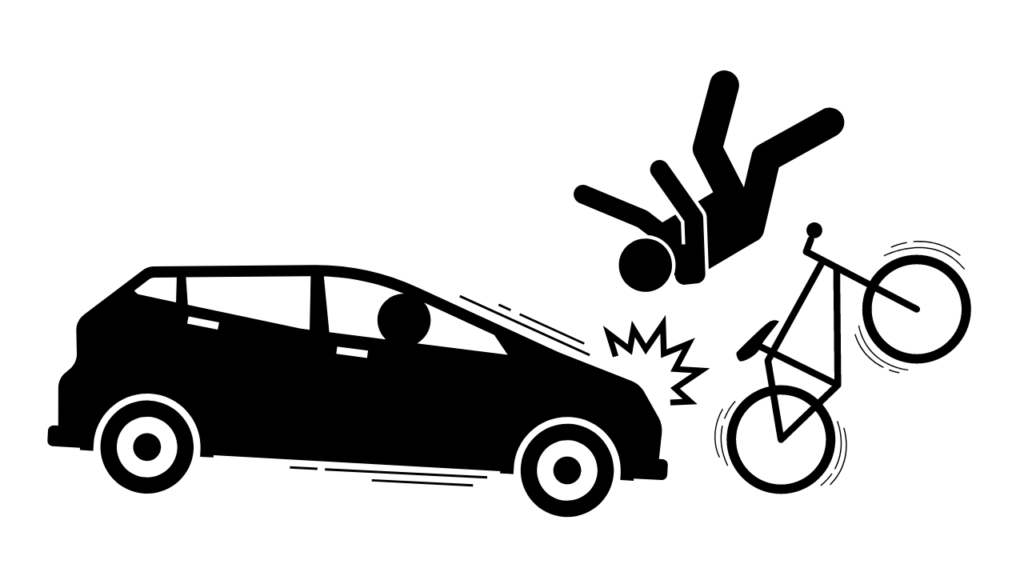
Bodily injury liability insurance provides coverage for damages to “persons” involved in an accident. It covers compensation amounts that exceed the limits paid by CALI (Compulsory Automobile Liability Insurance) in cases where the accident results in the death or injury of the other party. Since compensation amounts in traffic accidents can be very high, it is recommended to set the insurance coverage amount to “unlimited” for maximum protection.
Property Damage Liability Insurance
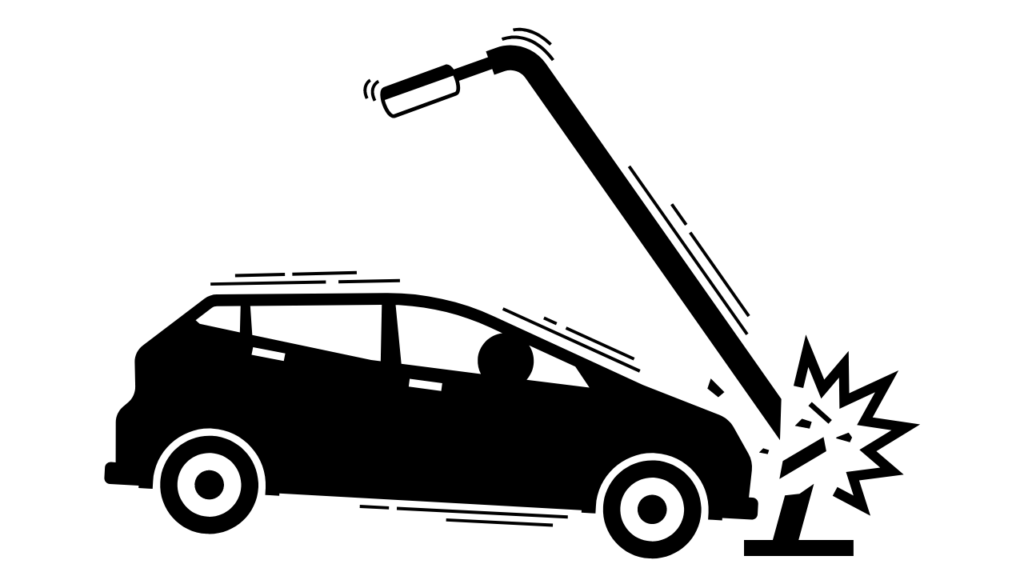
Property damage liability insurance provides coverage for damages to the “property” of the other party in an accident. It compensates for damages to the other party’s car, utility poles, guardrails, houses, stores, and other property. This insurance also covers losses incurred if the other party’s business cannot operate while repairs are being made to their property, such as a store damaged by your car.
Personal Injury Protection
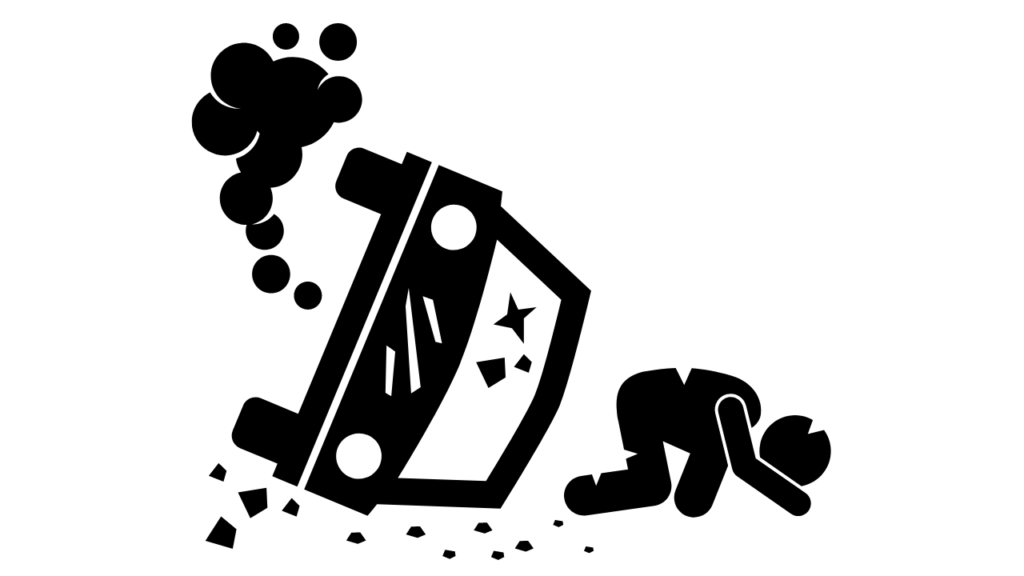
Personal injury protection covers injuries to yourself and your passengers. If an accident occurs while you are driving your insured vehicle and results in injuries to the occupants, this insurance covers medical expenses and lost income during the recovery period. It also provides compensation in cases of death or permanent disability caused by injuries.
Vehicle Insurance
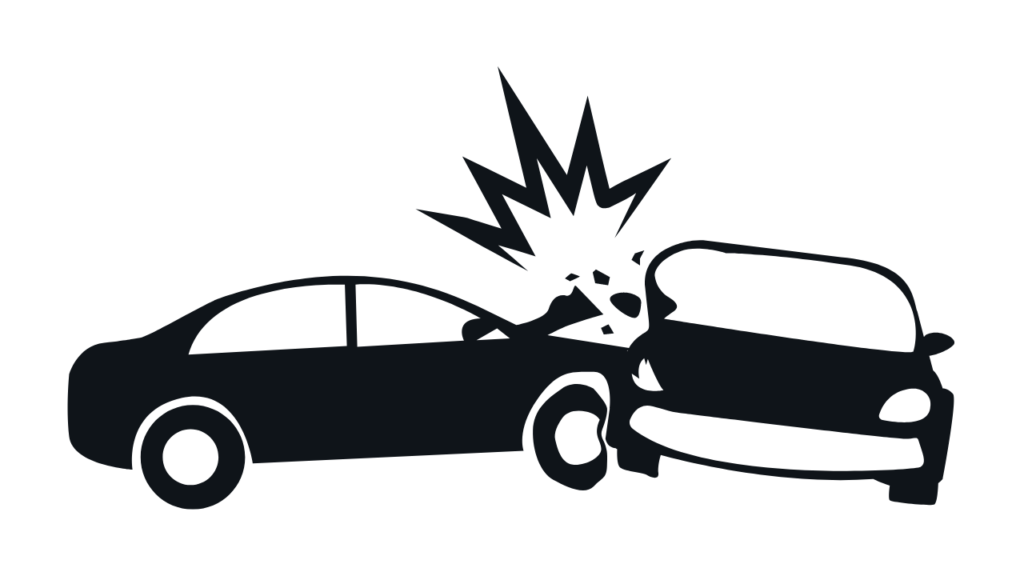
Vehicle insurance covers damages to your own car. It provides compensation for repair costs if your car is damaged in an accident. There are two types of vehicle insurance: “Comprehensive” and “Economy.” Although the coverage range and names may vary by insurance company, the Economy type generally offers more limited coverage compared to the Comprehensive type, so it is important to understand the differences.
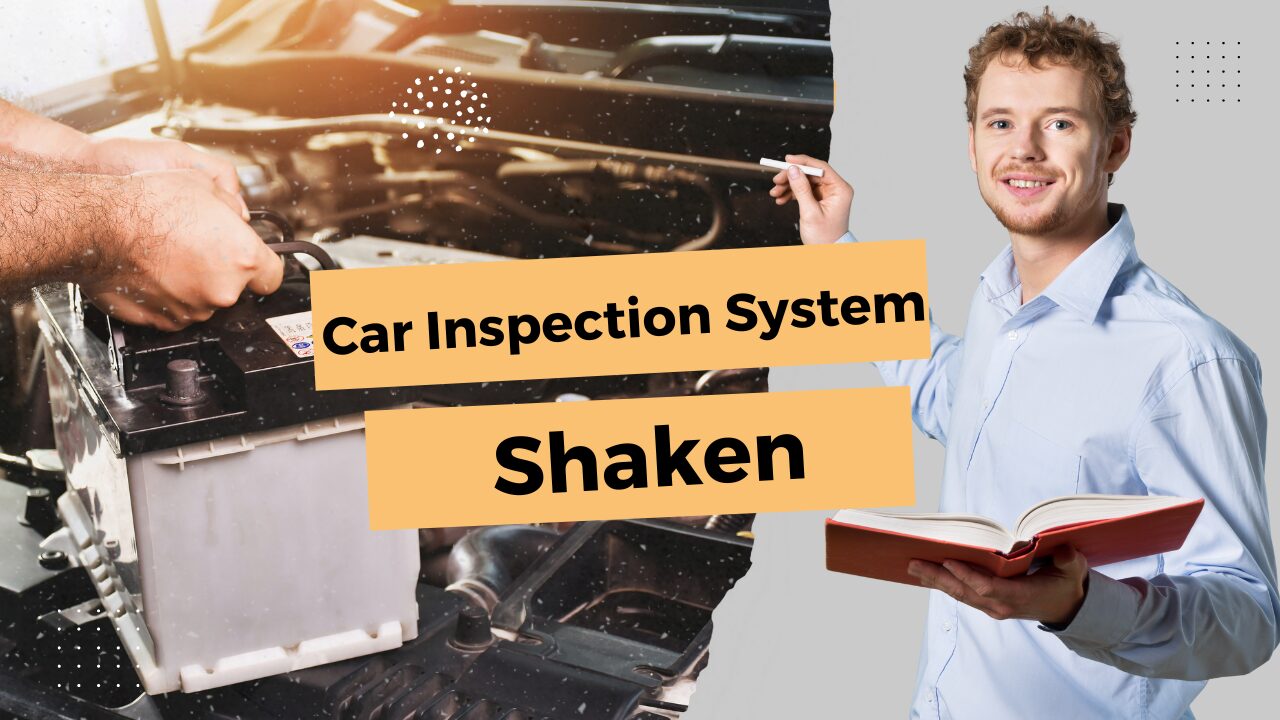
Riders for Automobile Insurance (Voluntary Insurance)

In addition to the basic coverage, voluntary automobile insurance offers various riders for enhanced protection. Here, we explain the different riders available for automobile insurance.
Rider for Excess Property Damage Repair Costs
This rider supplements property damage liability insurance. Typically, the compensation limit for property damage liability insurance is the market value of the damaged property. If you have this rider, it covers repair costs that exceed the market value. For example, if the other party’s car is old and the repair costs exceed its market value, this rider covers the difference up to a certain limit.
Rider for Personal Injury Miscellaneous Expenses
This rider covers various expenses incurred due to hospitalization or severe disability caused by an accident. It provides compensation for costs such as those incurred when a person responsible for household chores, caregiving, or childcare is hospitalized or needs accompaniment during hospitalization. If the caregiver has a pet at home, the costs for pet boarding can also be covered.
Rider for Total Loss Miscellaneous Expenses
This rider provides a fixed amount to cover miscellaneous expenses for scrapping or replacing the vehicle if the insured car is declared a total loss in an accident covered by vehicle insurance.
Rider for Road Service Costs
This rider covers the costs of towing and transporting the vehicle if the insured car becomes inoperable. Many voluntary automobile insurance policies already include road service as part of the basic coverage.
Rider for No-Fault Vehicle Insurance
This rider ensures that you receive vehicle insurance benefits without affecting your policy’s rating or accident history when you are not at fault in an accident. Examples include being rear-ended or when an accident is caused by a defect in the insured car. Without this rider, using vehicle insurance results in a three-level downgrade of your policy rating.
Rider for Driving Other Cars
This rider allows you to use your own automobile insurance when driving a car that you temporarily borrow from a friend or acquaintance. For instance, if you borrow a friend’s car while visiting your hometown and have an accident, your own automobile insurance will cover the damages.
Rider for Uninsured Motorist Injury
This rider provides compensation for injuries or death caused by an accident with an uninsured vehicle. If you are injured or killed and the other party does not have sufficient insurance, this rider covers the amount exceeding the compulsory automobile liability insurance (CALI) up to a certain limit.


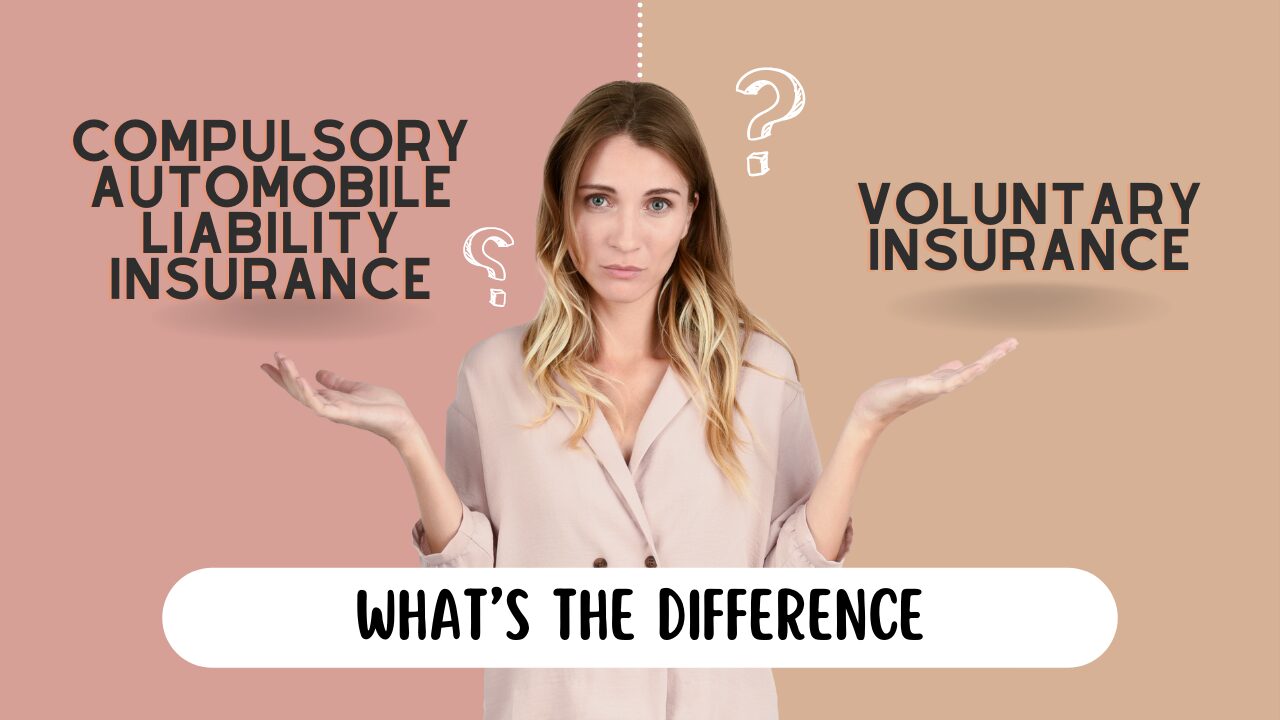
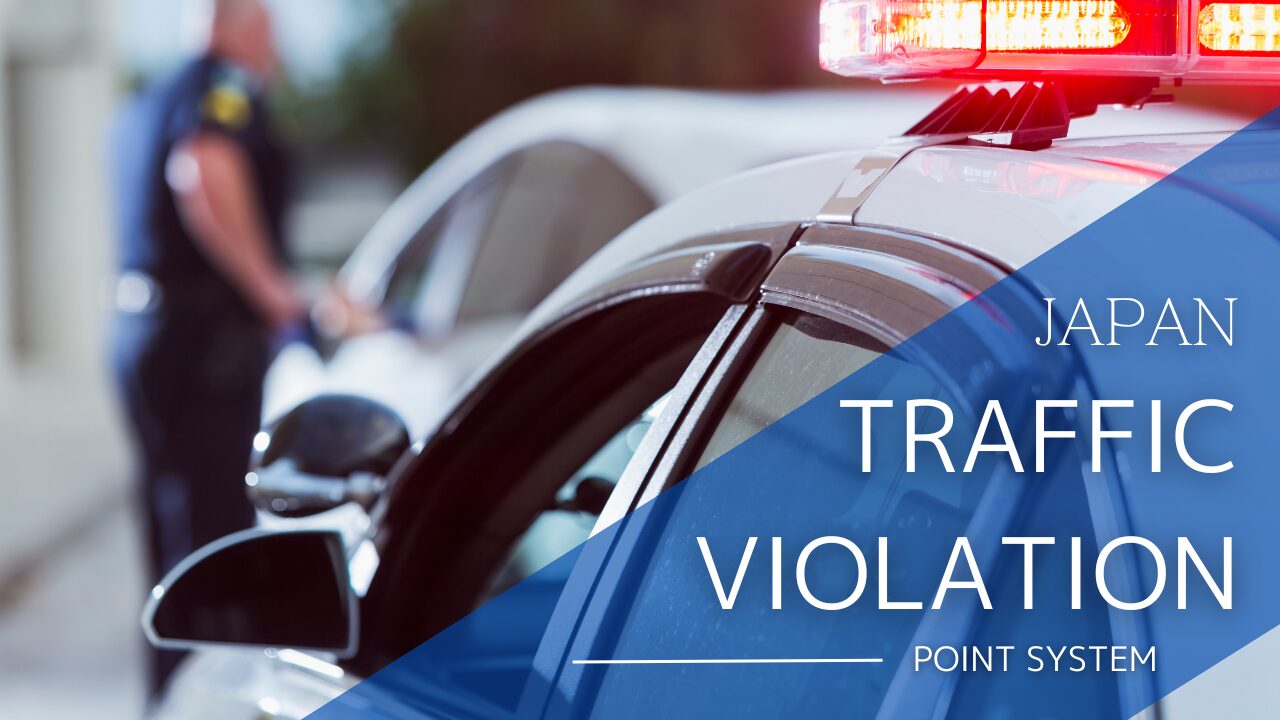
COMMENT